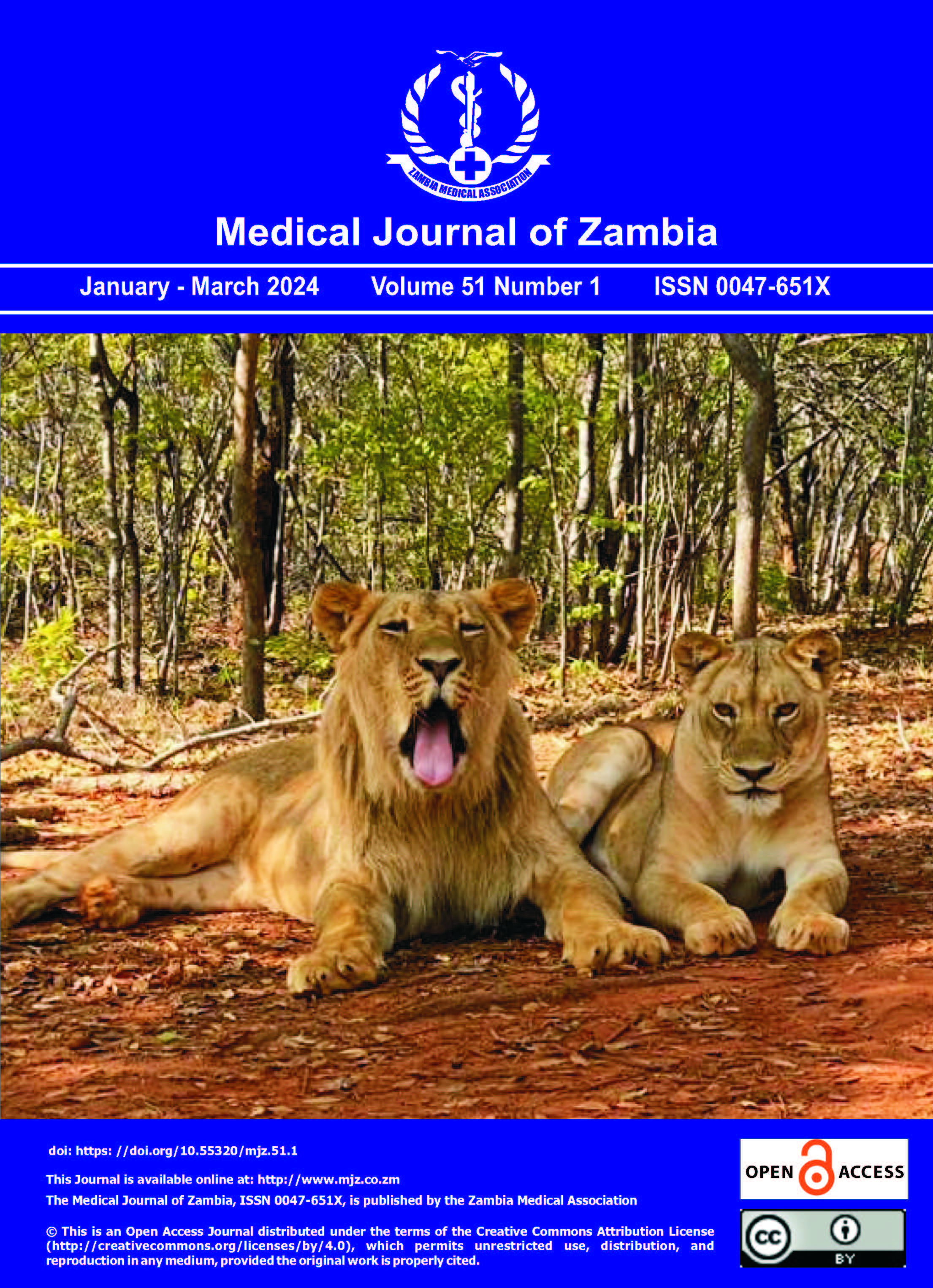Is There a Need to Establish Clinical Specialist and Consultant Radiographer Positions in Our Settings: Zambia and Zimbabwe?
DOI:
https://doi.org/10.55320/mjz.51.1.459Abstract
The practice of radiography is developing and changing globally. This development is due to the availability of a range of advanced imaging modalities such as ultrasonography (US), computed tomography (CT), mammography, magnetic resonance imaging (MRI), and nuclear medicine (NM) and meeting the changing demands of the healthcare delivery system. The radiography career pathways in Zambia and Zimbabwe were created when advanced imaging modalities were unavailable. With radiographers obtaining specialised qualifications in these imaging modalities, it is necessary to establish clinical specialist radiographer positions similar to medical doctors in our settings and radiographers in most non-African countries. The clinical specialist radiographer position is unavailable in our local radiography career pathway despite the Health Professions Council of Zambia (HPCZ) and Allied Health Practitioners Council of Zimbabwe (AHPCZ) having a specialist register for radiographers. In our settings, radiographers also depend on consultant radiologists for clinical leadership. However, radiology and radiography are different professions. To develop the radiography profession and retain radiographers, it is necessary to revise the career pathway and incorporate consultant radiographer positions to provide clinical leadership to their colleagues. This would improve the delivery of imaging services in Zambia and Zimbabwe.
Downloads
Downloads
Published
Issue
Section
License
Copyright (c) 2024 Medical Journal of Zambia

This work is licensed under a Creative Commons Attribution-NonCommercial 4.0 International License.









